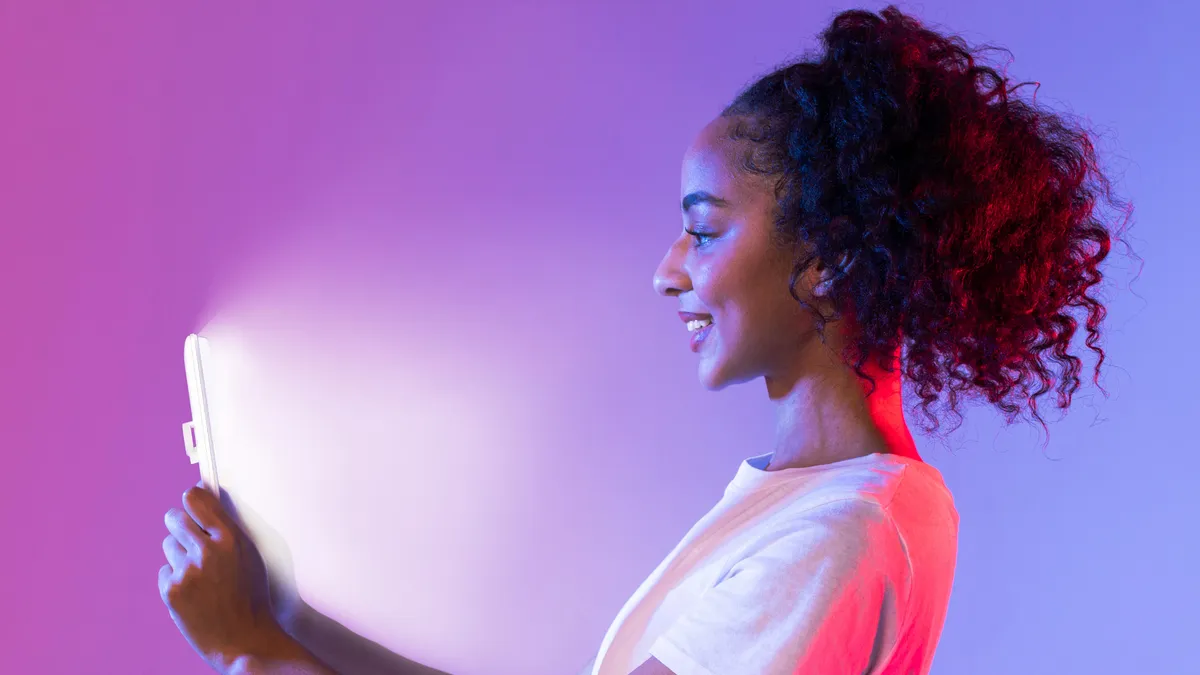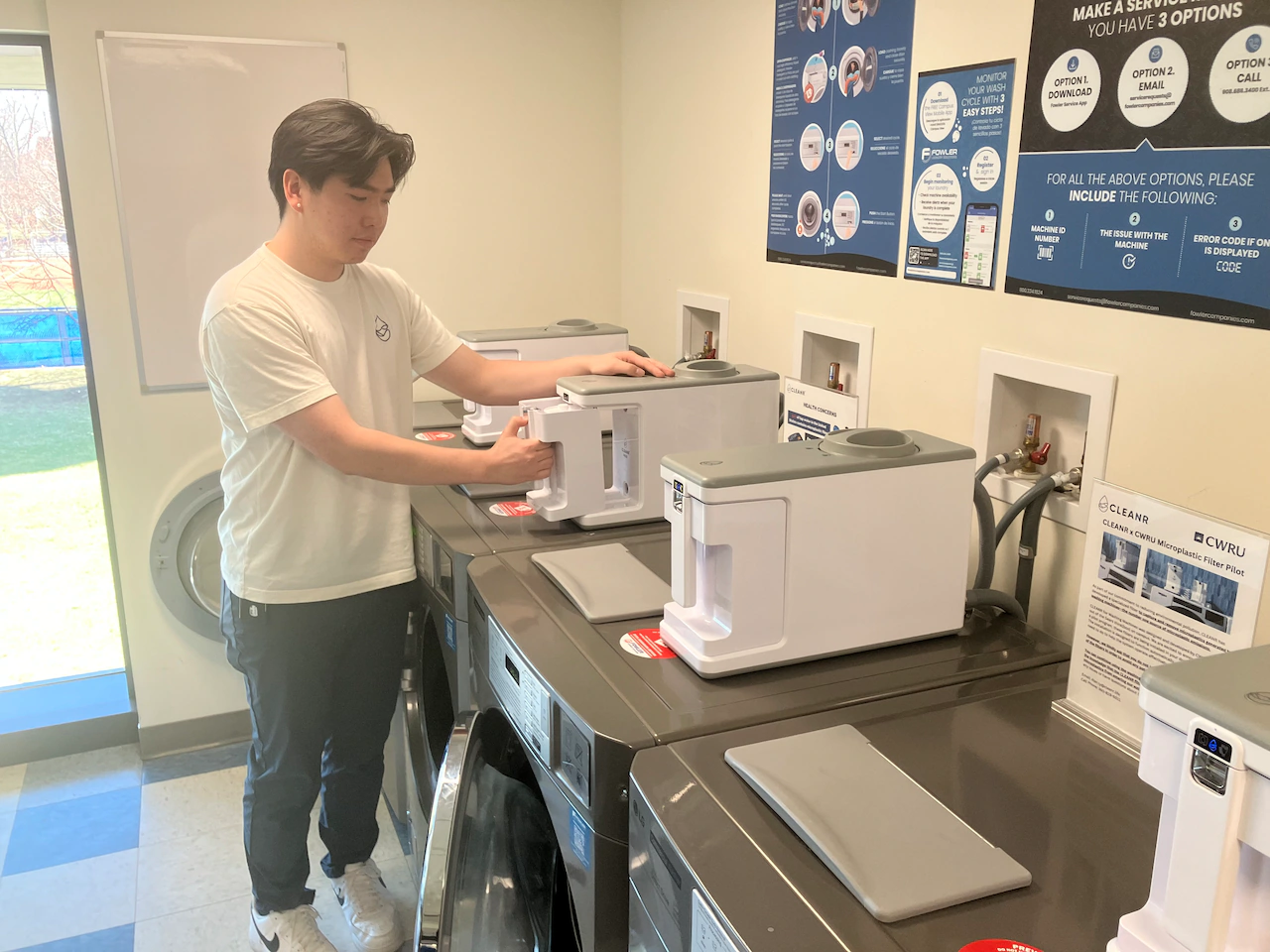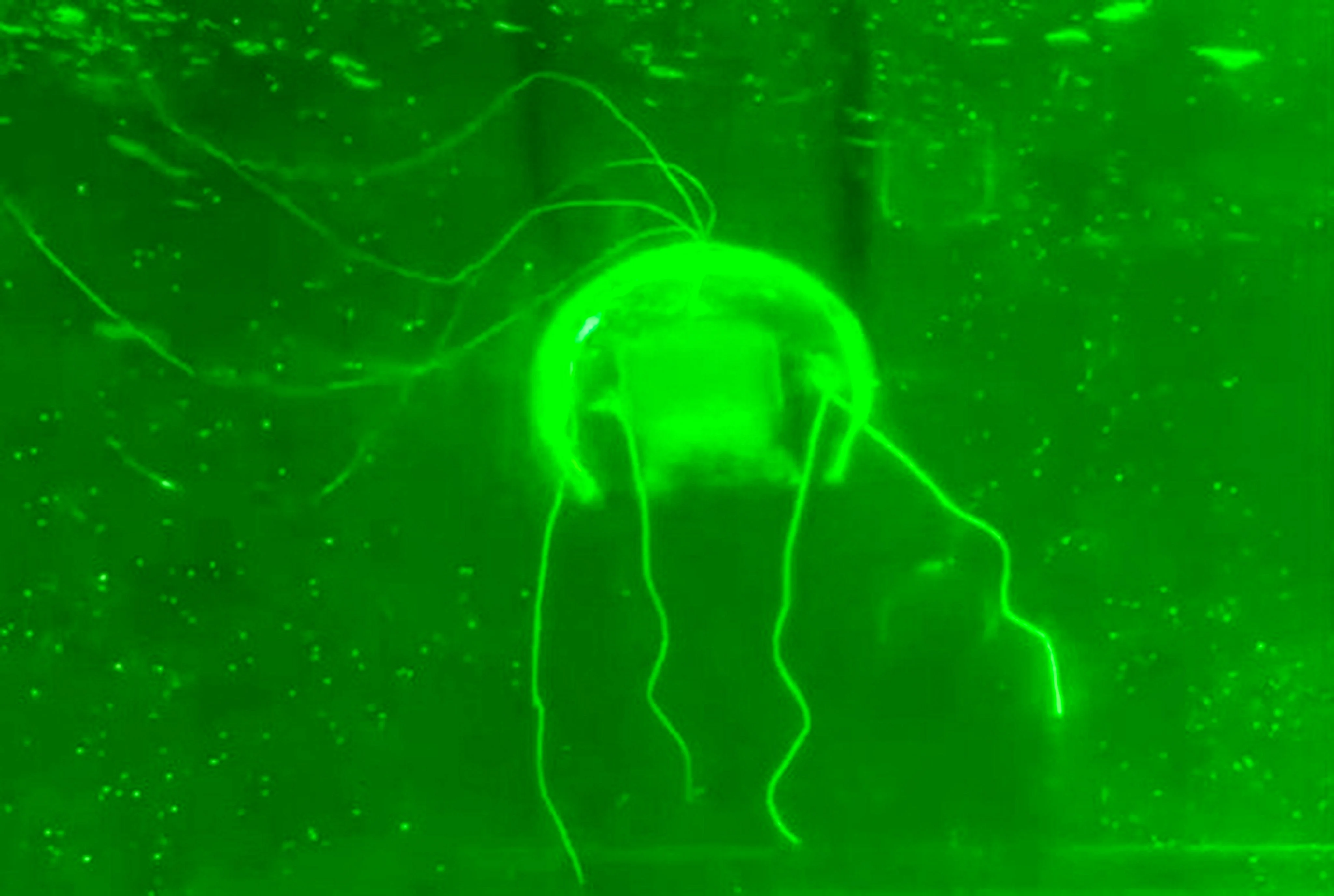Copyright CNET

It's that time of year again in the northern hemosphere. The days are getting shorter, the sun is setting sooner and the weather is cooling off quickly. While some people bask in winding down earlier this time of year, others may feel sluggish, unmotivated or plain "off." According to a 2024 study by the American Psychiatric Association (APA), 40% of Americans say their mood worsens in winter. More women (45%) state that their mood declines than men (35%). "People start joking about winter blues [during this time], but for some people, it's more than that," Dr. Susana Solomon, licensed professional counselor, tells CNET. Those feelings could actually be signs of seasonal affective disorder (SAD), which most often occurs in the fall and winter. However, it can happen in the spring and summer months, too. "There's more research in terms of the winter type than the summer type, but they both are real, and science shows us that we are connected to the changes in our environment, changes in our serotonin and melatonin," said Solomon. "Those are the chemicals that regulate our mood and sleep." Light therapy lamps are one tool that promise to help combat SAD and general melancholy feelings when the weather changes, but do they actually work, or are they simply another marketing ploy? We turned to two mental health experts to find out. Don't miss any of our unbiased tech content and lab-based reviews. Add CNET as a preferred Google source. What are light therapy lamps? Light therapy lamps, also known as sunset projection lamps or sun lamps, are light boxes that mimic natural sunlight. When they feature the correct lux, a unit measuring the amount of light produced, they are a promising treatment for both seasonal and nonseasonal depression. Not all light therapy is created equal However, "they're not all created equally," Dr. Lisa Strohman, a clinical psychologist, tells me that many online options are not of "therapeutic quality." Hence, consumers need to know what to look for in the description if they want to purchase one. For light therapy lamps to be effective, the light needs to be between 5,000 and 10,000 lux, such as CNET's top pick, the Verilux HappyLight Luxe. "The ones that are really bright and created for therapy purposes, they basically influence circadian rhythms," Strohman said. "It can influence mood neurotransmitters like serotonin and dopamine as well as melatonin, so when you have the right therapeutic box, it absolutely makes a difference." Your circadian rhythm regulates your body's natural sleep-wake cycles, while serotonin and dopamine help regulate mood. When our circadian rhythm is disrupted or serotonin and dopamine levels are low, there is an increased risk for anxiety and depression, among other symptoms. Do light therapy lamps actually work? Light therapy lamps do work to treat both seasonal and nonseasonal depression, according to the experts we spoke with and multiple meta-analyses, including one from 2019, which had 397 participants, and a more recent analysis from 2024, which collected data from 858 patients. In the latter study, the conclusion states that bright light therapy was found to be "an effective adjunctive treatment for nonseasonal depressive disorders." "[Using a light therapy lamp is] statistically not different than taking an [antidepressant medication], but just like you would take a med at 8 a.m. every day, or at 8 p.m. every day, that regulation and doing it at the right time every day is what matters," Strohman said. However, the lamps must be used correctly to reap the benefits. Rather than turning the light on at night when the sun begins to set, you'll want to use them first thing in the morning for about 30 minutes after waking up. "That's where you get the most therapeutic influence," said Strohman. "It's like setting your day off in the morning, because your body absorbs that light therapy, and it is robust and stays with you through the day." Strohman warns that using lamps at night after the sun sets can negatively impact your circadian rhythm and sleep cycle. Experts in the mental health field often see these lamps as a first line of treatment when treating both SAD and nonseasonal depression, and they've been proven to be effective when used routinely. It is worth noting that this type of light therapy differs from red light therapy, which is more commonly recognized for its anti-aging benefits. How to use light therapy lamps Your light therapy lamp will have instructions on using it properly, but you should use it for the first 30 minutes of your day, right after you wake up. You'll want to place it at eye level, toward your face, and use it with your eyes open. However, you don't have to stare directly at the light. You can read, chat on the phone, eat breakfast, or check your emails while using the lamp. You'll also want to follow the same schedule each morning and wake up around the same time every day. What, exactly, is seasonal affective disorder? Seasonal affective disorder, or SAD, affects about 5% of American adults, according to the APA, and it's a type of depression that occurs in people when the seasons change. It most often happens in the fall and winter and can cause "low energy, oversleeping, increased appetite and weight gain," Solomon says. "They feel like they're hibernating like a bear." The summer type can cause increased insomnia, trouble sleeping, agitation, restlessness and irritability. "It can creep up on you if you're unaware of these changes," she said. "It truly is a real condition," Strohman says. "And I think that people oftentimes act like [SAD] is 'depression light' diagnosis or something like that, but it's a mood disorder, and it's very, very well documented." In regards to using light therapy lamps as a first line of treatment for SAD, Strohman calls them "probably one of the best kept secrets, because a lot of people don't think that they are actually as efficacious as they are." Are there other ways to treat seasonal affective disorder? Yes. Although light therapy is seen as a standard treatment for the disorder, it is far from the only one. If you aren't interested in purchasing or using a light therapy lamp, you can try to increase your natural sunlight intake. "I tell my clients, 15 to 30 minutes [every morning], if they have time," Solomon says. "Drink your coffee, get a newspaper, take a phone call, chat with a friend. Get that natural early light in the morning." Natural light can help wake you up, decrease the production of melatonin in your body, and increase serotonin. But don't forget to protect your skin from the sun's UV rays with sunscreen. "It's almost like it jump-starts that part of the brain that says, 'Hello, good morning, sunshine, start your day,'" Solomon says. Other treatments include talk therapy and antidepressants (SSRIs), or a combination of all three, and your doctor can help you figure out what's best treatment for you. Solomon especially recommends sticking to a routine during the months when you feel most affected by the weather changes and attempting to maintain a healthy work-life balance, a regular sleep-wake schedule and limited stress when possible. "SAD is real and treatable, and the sooner you reach out, the faster [you] can feel balanced," she said. "Winter may dim your sunlight, but it doesn't have to dim your spark."



